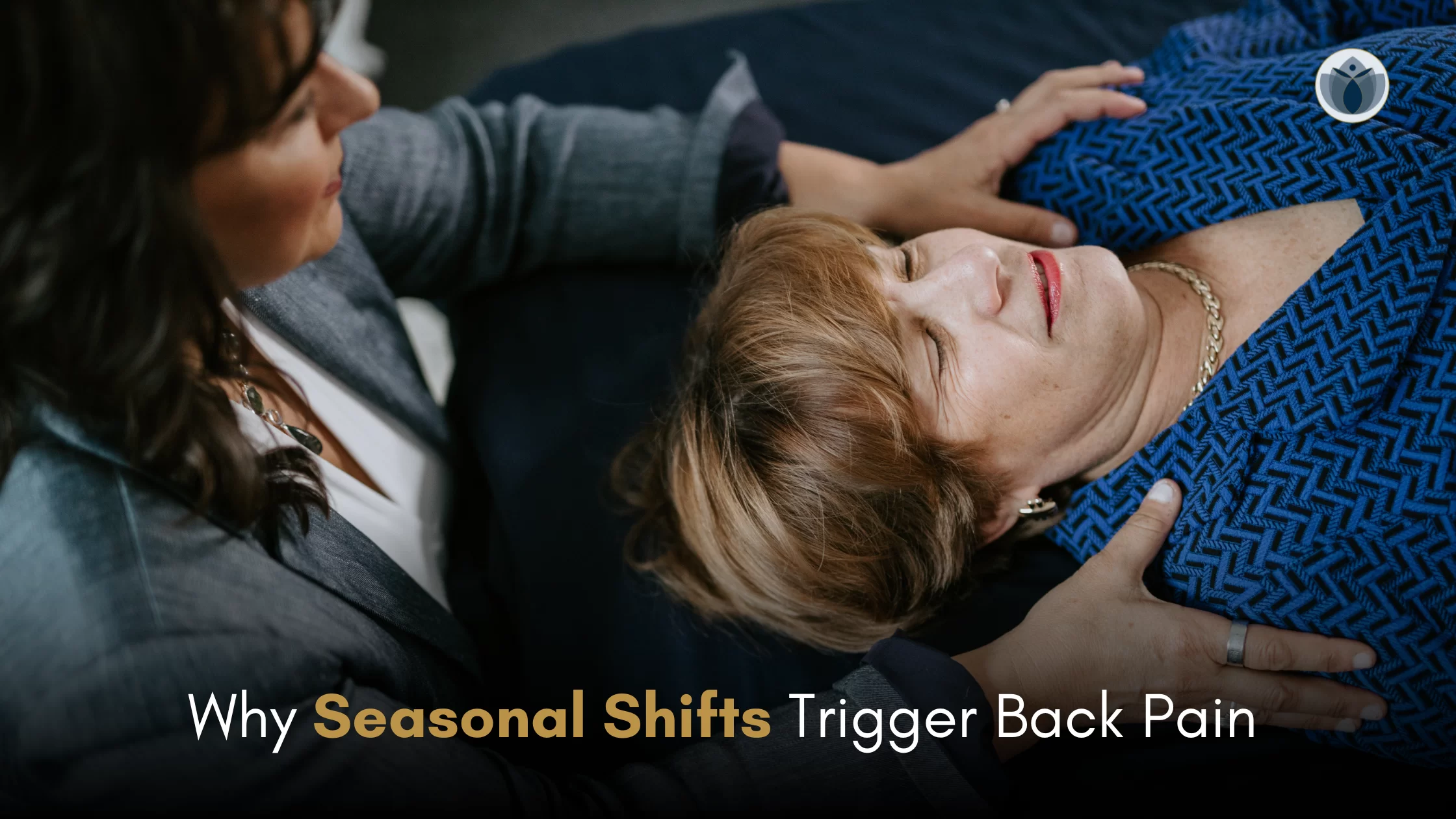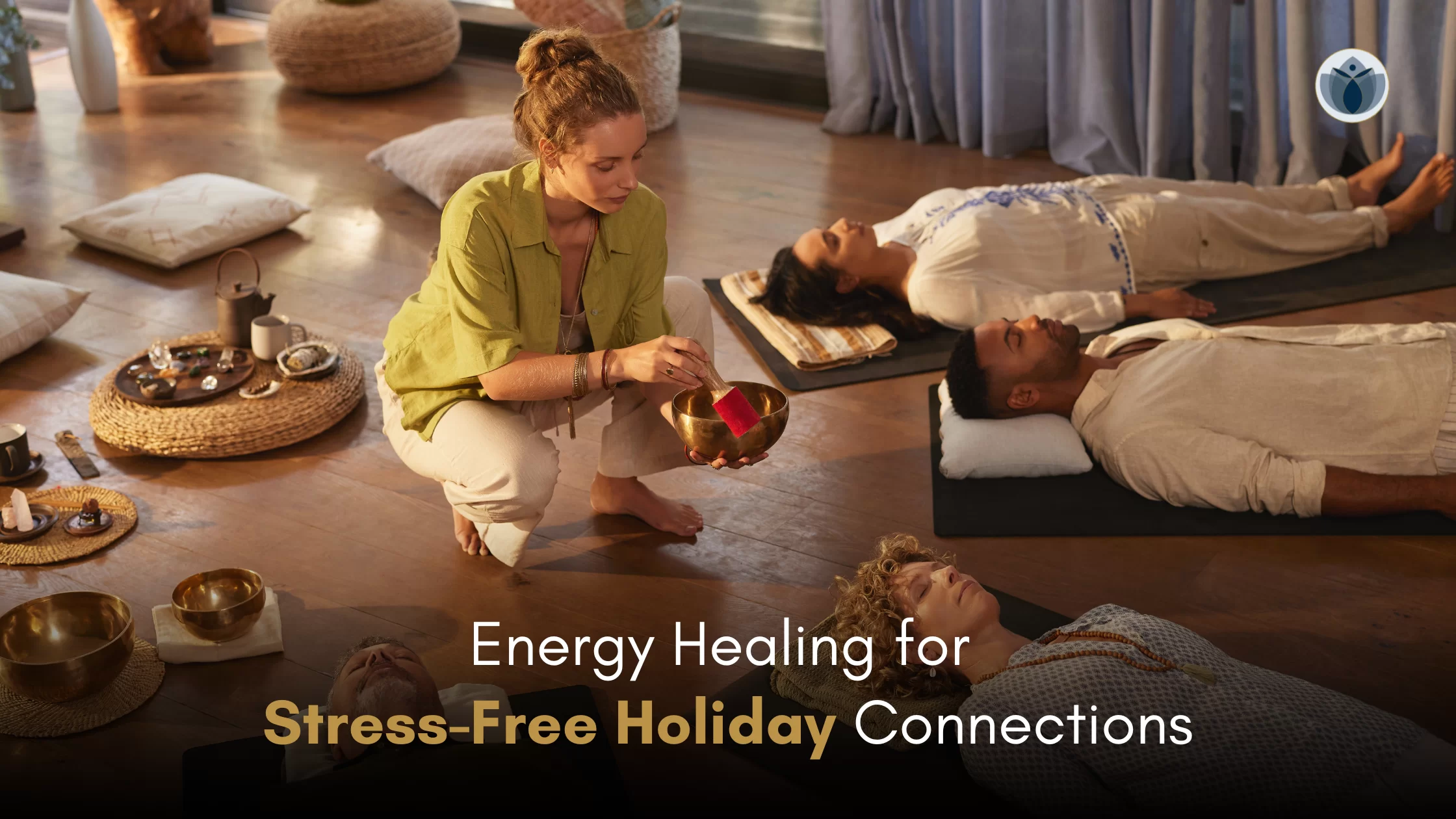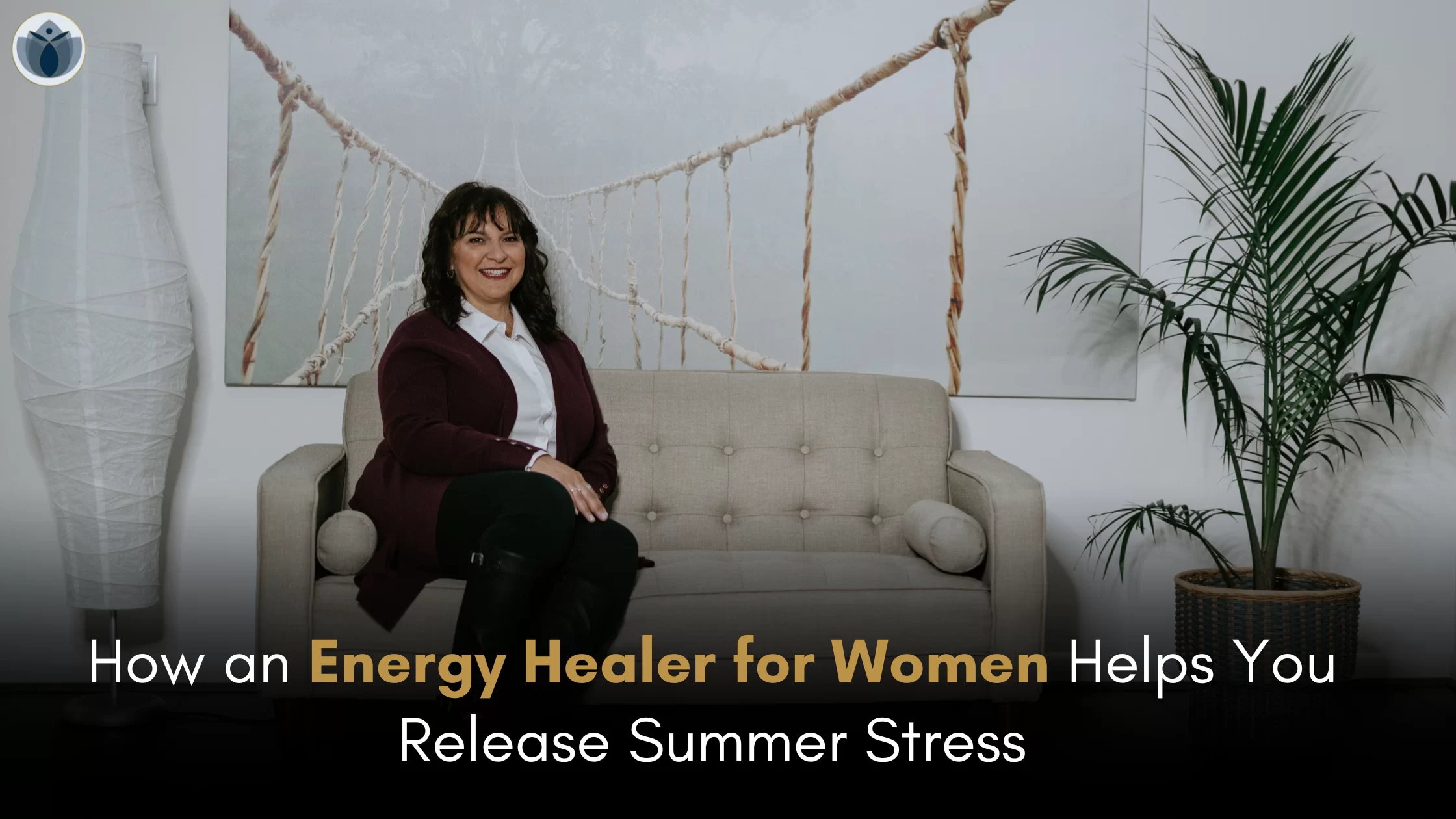We live in a culture that praises “staying strong,” “moving on,” and “bouncing back.”
But what happens when, in our rush to be okay, we skip over the parts of us that are not okay?
What happens when you swallow grief, silence anger, rationalize fear, and dress up heartbreak as indifference? The body remembers.
When we suppress emotions, they get stored in our nervous system, fascia, and muscles.
And over time, they begin to show up as stiffness, digestive issues, chronic fatigue, jaw clenching, back pain, and sometimes even illness.
That’s why it’s so important to recognize and release emotional pain stored in the body before it turns into something deeper.
In this blog, we’ll understand why we store emotions in different parts of the body & how we can begin to heal.
Where Suppressed Emotions Settle In The Body
Grief often sits in your chest, making it hard to breathe or feel rested. Fear camps out in your gut, causing tightness, nausea, or that constant unease.
Anger shows up in clenched jaws, tense shoulders, and unexplained headaches. Shame quietly affects posture, making you shrink, physically and emotionally. Your body isn’t malfunctioning. It’s communicating.
Suppression Isn’t Weakness, It’s Survival
We don’t suppress emotions because we’re weak or unaware. We do it because, at some point, it felt like the only way to stay safe.
Maybe you grew up in a family where emotional expression was mocked or punished.
Maybe you were taught that being emotional meant being “too much.”
Maybe your life moved too fast for you to pause and feel. So you adapted. You got really good at staying busy, staying helpful, staying distracted.
But beneath that, your nervous system never forgot what it couldn’t process. And now, years later, your body is saying:
“Please feel this now. It’s safe. I’ve been holding it for you until you were ready.”
So… How Do You Begin To Listen?
You can’t heal what you don’t feel.
No affirmation, green juice, or posture fix can replace emotional honesty. You don’t need to “fix” your pain. You need to meet it.
Use a “Pain = Pause” Rule
Every time you feel a physical discomfort (headache, tight shoulders, sudden fatigue), pause for 30 seconds. Ask yourself: What just happened emotionally before this pain started?”
It could be a difficult text, a small rejection, or something you brushed off. This micro-check builds the habit of linking body signals to emotion in real time.
Set a “Feeling Alarm” Once a Day
Pick one time in your day, before lunch, during commute, post-shower, where you stop and ask yourself: “What’s one thing I’m pretending not to feel today?”
Even if nothing comes up, stay with the question for 60 seconds. The consistency of asking daily makes it safer for your body to finally respond.
Notice Your Auto-Escape Habits
Every time you reach for your phone without a purpose, open the fridge out of boredom, binge content, ask:
“What am I avoiding feeling right now?” This reclaims awareness in your busiest, most unconscious moments, where suppressed emotion hides most often.
Pay Attention to How You Breathe When You’re Upset
Next time you feel triggered, hurt, or anxious, don’t jump to fix it. First, notice your breath:
- Are you holding it?
- Is it shallow or stuck in your chest?
- Are your shoulders tense?
Now, gently slow it down. Exhale longer than you inhale. This small shift creates space between reaction and response, so your body doesn’t trap the emotion in tension.
Choose One Emotion You Weren’t Allowed to Express as a Child
Maybe you weren’t allowed to feel the anger (don’t talk back), fear (be brave), or sadness (stop crying). Choose one of those buried feelings & speak it out loud:
- “I feel angry that I always had to be the ‘mature one.’”
- “I’m scared of being left behind.”
- “I feel sadness I never got to share.”
Say it in a mirror, whisper it in a voice note, or tell someone safe. If you’re ready to feel and process these emotions, consider joining Jacqueline Kane’s Healing Circle. It’s a safe community to share feelings when life gets messy.
In Closing
Your body is not just a storage house for what hurts, you are also built to release, to heal, and to move forward. Your nervous system is adaptable. Your patterns can shift. Your emotional history isn’t a life sentence.
The more you learn to listen, gently, consistently, without judgment, the more your body begins to trust that it no longer has to hold everything by itself. The goal isn’t perfection. It’s feeling safe enough inside to be present with what’s true.
Because healing isn’t always dramatic, sometimes, it’s subtle. And it’s already beginning the moment you choose to pay attention.
If you’re ready to truly listen to what your body’s been trying to say, Jacqueline Kane’s private coaching offers a safe and supportive way to start.







